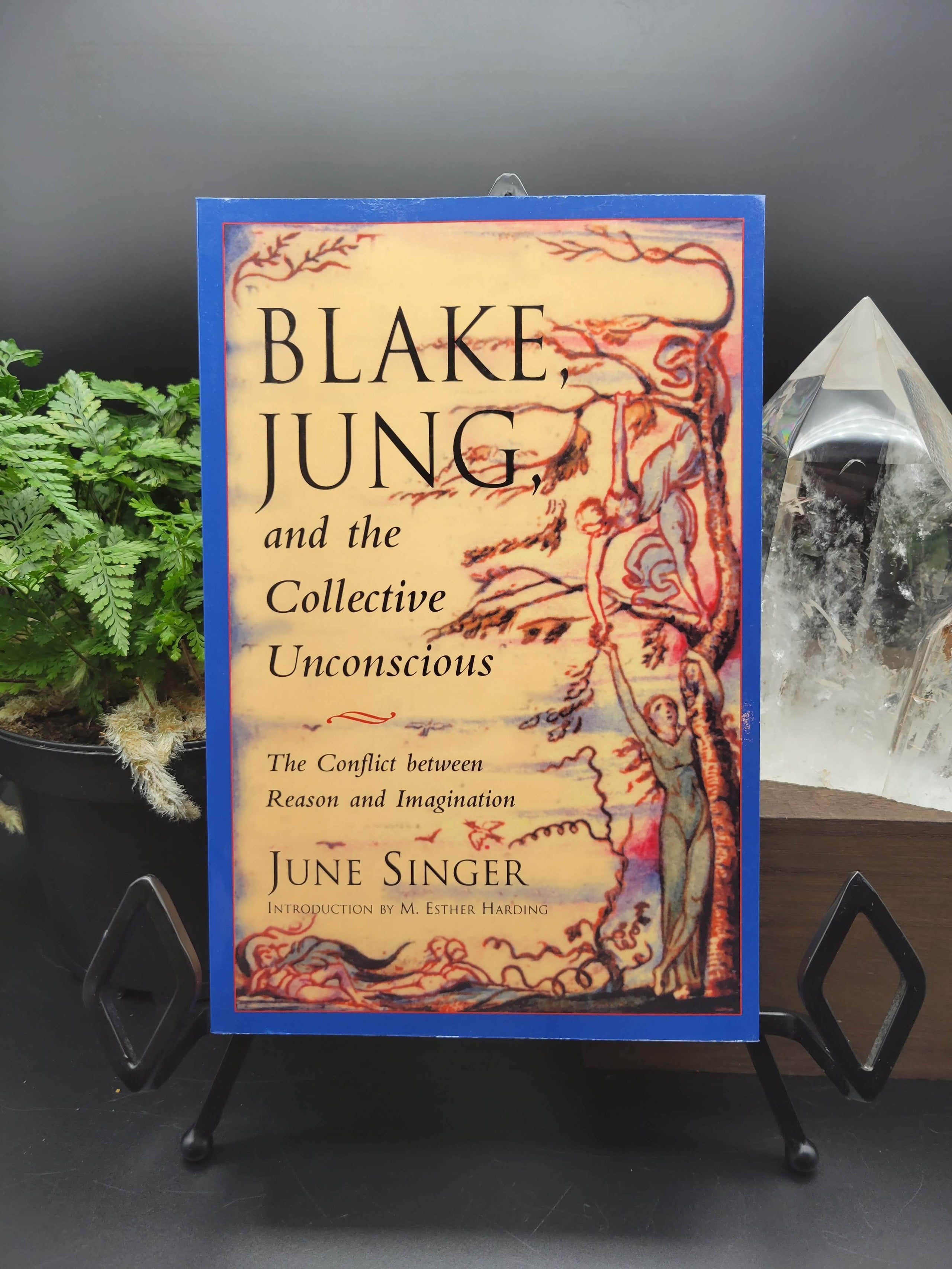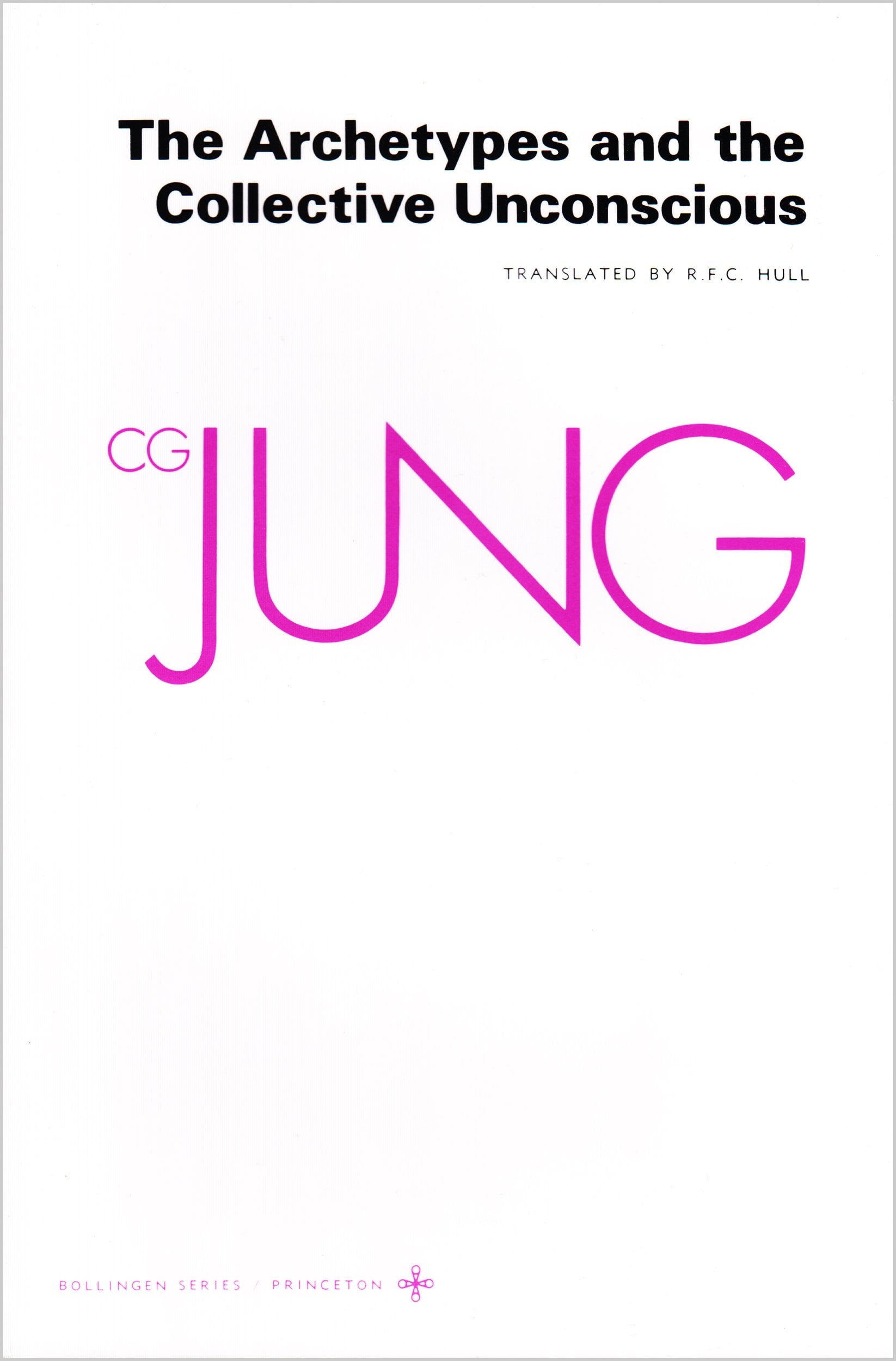Let’s dive straight into the fascinating world of Carl Jung and the collective unconscious. It’s like peeling back the layers of an onion to uncover the deepest parts of what makes us human. Jung’s theories have been around for over a century, yet they remain as relevant today as they were back in the early 1900s. If you’ve ever wondered why certain symbols, stories, or archetypes resonate across cultures and time, then you’re about to uncover the answer. The collective unconscious is more than just a psychological concept—it’s a gateway to understanding the shared human experience.
Now, let me ask you this: have you ever felt an inexplicable connection to something that seemed ancient or universal? Maybe it was the feeling of standing under the stars and realizing you’re part of something much bigger. Or perhaps it’s the way myths and legends from completely different parts of the world share eerily similar themes. That’s where Jung’s work comes in. He proposed that deep within our psyche lies a layer of consciousness that we all share—a collective unconscious.
But before we go any further, let’s set the stage. This isn’t just some abstract theory; it’s a concept that’s shaped modern psychology, philosophy, and even pop culture. From movies to literature, Jung’s ideas have left an indelible mark on how we understand ourselves and the world around us. So, buckle up because we’re about to embark on a journey through the mind, one that will leave you questioning what it truly means to be human.
- Lucy From Fallout Actress The Hidden Star Behind The Wasteland
- Jacob Rupp The Rising Star Whos Turning Heads In The World Of Entertainment
Understanding Jung’s Legacy
Carl Gustav Jung, often referred to as the father of analytical psychology, was no ordinary thinker. His work challenged the status quo and opened doors to understanding the complexities of the human psyche. Jung wasn’t just about diagnosing mental illnesses; he was on a mission to explore the deeper layers of consciousness, including the infamous collective unconscious.
Now, you might be wondering, what exactly makes Jung’s approach so unique? Well, unlike his contemporaries who focused primarily on individual experiences, Jung believed in the existence of a universal layer of consciousness that connects all of humanity. Think of it like a hidden network that influences our thoughts, dreams, and behaviors without us even realizing it. Cool, right?
Here’s the kicker: Jung didn’t just come up with this idea out of thin air. He spent years studying myths, religions, and cultural symbols from around the world. And guess what? He found striking similarities that couldn’t be explained by mere coincidence. These findings laid the foundation for his theory of the collective unconscious, a concept that continues to fascinate psychologists, philosophers, and even artists to this day.
- Bravo On Directv What Channel Is It And Why You Shouldnrsquot Miss It
- Justin Bieber Controversy The Good The Bad And The Ugly
The Collective Unconscious Defined
So, what exactly is the collective unconscious? Simply put, it’s like a vast reservoir of memories, experiences, and archetypes that all humans share. It’s not something you can consciously access, but it subtly influences your thoughts, feelings, and actions. Picture it as an invisible thread that connects us all, weaving together the tapestry of human existence.
One of the coolest things about the collective unconscious is that it explains why certain symbols and themes appear across different cultures and eras. For example, the idea of a hero’s journey or the presence of a wise old mentor in myths and stories isn’t a coincidence. These are archetypes—universal patterns and symbols—that reside within the collective unconscious.
But here’s the thing: the collective unconscious isn’t just a theoretical concept. It has real-world implications. Think about how certain symbols, like the circle or the spiral, show up in art and architecture across the globe. Or consider how fear of the dark or the unknown seems to be a universal human experience. These are all reflections of the collective unconscious at work.
Archetypes: The Building Blocks of the Collective Unconscious
Archetypes are like the building blocks of the collective unconscious. They’re universal symbols and characters that appear in myths, dreams, and even our daily lives. Jung identified several key archetypes, each representing a different aspect of the human experience.
- The Hero: Think of every epic tale you’ve ever heard. The hero archetype is all about overcoming challenges and achieving greatness.
- The Shadow: This one’s a bit darker. The shadow represents the parts of ourselves we often hide or suppress. It’s like the hidden side of our personality that we’re afraid to confront.
- The Anima/Animus: These archetypes represent the feminine aspects in men (anima) and the masculine aspects in women (animus). They highlight the importance of balance and integration in our psyche.
- The Self: The ultimate goal of Jungian psychology is the integration of all archetypes into the self. It’s about achieving wholeness and understanding your true nature.
Archetypes aren’t just abstract concepts; they’re powerful tools for self-discovery. By recognizing and working with these archetypes, we can gain a deeper understanding of ourselves and our place in the world.
Biography of Carl Jung
Before we dive deeper into Jung’s theories, let’s take a moment to understand the man behind the ideas. Carl Gustav Jung was born on July 26, 1875, in Switzerland. He grew up in a family deeply rooted in religion, with his father being a pastor. This early exposure to spirituality would later influence his work in psychology.
Jung went on to study medicine at the University of Basel and eventually became one of the most influential figures in the field of psychology. His collaboration with Sigmund Freud initially brought him fame, but their eventual split allowed Jung to develop his own unique theories.
Throughout his life, Jung traveled extensively, studying different cultures and their belief systems. He was particularly fascinated by Eastern philosophy and its emphasis on balance and harmony. These experiences enriched his understanding of the human psyche and contributed to his groundbreaking theories.
Jung’s Personal Data
| Full Name | Carl Gustav Jung |
|---|---|
| Birth Date | July 26, 1875 |
| Death Date | June 6, 1961 |
| Place of Birth | Kesswil, Switzerland |
| Profession | Psychologist, Psychiatrist |
The Role of Symbols in the Collective Unconscious
Symbols play a crucial role in the collective unconscious. They’re like the language of the psyche, conveying deep meanings and emotions that words alone can’t capture. Jung believed that symbols are the key to unlocking the mysteries of the unconscious mind.
Think about it: why do certain symbols, like the cross or the mandala, appear in so many different cultures? It’s because they tap into the collective unconscious, resonating with universal themes and experiences. These symbols aren’t random; they’re powerful tools for understanding the deeper layers of our psyche.
One of the most fascinating aspects of symbols is their ability to transcend language and culture. A mandala, for example, can represent wholeness and unity, regardless of where you come from or what language you speak. This universality is a testament to the power of the collective unconscious.
How the Collective Unconscious Shapes Our Reality
Now, let’s talk about how the collective unconscious shapes our reality. It’s not just some abstract concept; it has real-world implications. For instance, it influences the stories we tell, the art we create, and even the way we perceive the world around us.
Consider the prevalence of certain themes in literature and film. The hero’s journey, the battle between good and evil, the quest for self-discovery—these are all reflections of the collective unconscious. They resonate with us because they tap into universal truths and experiences.
But it’s not just about stories and symbols. The collective unconscious also affects our relationships, our fears, and our aspirations. By understanding its role in shaping our reality, we can gain a deeper appreciation for the interconnectedness of all human experiences.
Challenges and Criticisms of Jung’s Theory
Of course, no theory is without its challenges and criticisms. Some critics argue that Jung’s ideas are too abstract and lack empirical evidence. Others question the validity of archetypes and their role in shaping human behavior.
Despite these criticisms, Jung’s work continues to inspire and provoke thought. His theories have been explored and expanded upon by countless psychologists, philosophers, and researchers. And while the debate may continue, one thing is certain: Jung’s ideas have left an indelible mark on the field of psychology and beyond.
Applications of Jung’s Theory in Modern Life
So, how can Jung’s theory of the collective unconscious be applied in modern life? The possibilities are endless. From personal growth and self-discovery to creative expression and cultural understanding, Jung’s ideas offer a wealth of insights and tools for navigating the complexities of the human experience.
For instance, many therapists and counselors use Jungian techniques to help clients explore their unconscious minds and achieve greater self-awareness. Artists and writers often draw inspiration from Jung’s concepts to create works that resonate on a deeper level. And in a world that’s becoming increasingly interconnected, understanding the collective unconscious can help bridge cultural divides and foster greater empathy and understanding.
Conclusion: Embracing the Collective Unconscious
As we wrap up our journey through Jung and the collective unconscious, it’s clear that this concept offers a profound way of understanding the human experience. It’s not just about psychology; it’s about connection, meaning, and the shared threads that bind us all together.
So, what’s the takeaway? By embracing the collective unconscious, we can gain a deeper understanding of ourselves and the world around us. We can tap into universal truths, explore ancient symbols, and unlock the mysteries of the human psyche. And who knows? You might just discover something about yourself that you never knew before.
Now, here’s the fun part: I want you to take action. Whether it’s exploring your dreams, identifying archetypes in your life, or simply reflecting on the symbols that resonate with you, there’s so much to discover. Share your thoughts in the comments below, and don’t forget to check out other articles on this site for more insights into the fascinating world of psychology and beyond.
Table of Contents
- Understanding Jung’s Legacy
- The Collective Unconscious Defined
- Archetypes: The Building Blocks of the Collective Unconscious
- Biography of Carl Jung
- The Role of Symbols in the Collective Unconscious
- How the Collective Unconscious Shapes Our Reality
- Challenges and Criticisms of Jung’s Theory
- Applications of Jung’s Theory in Modern Life
- Conclusion: Embracing the Collective Unconscious
- Robyn Got Rising Star In The Spotlight With An Electric Presence
- Brian Mckenna Hedge Fund Net Worth The Inside Scoop Youve Been Waiting For


